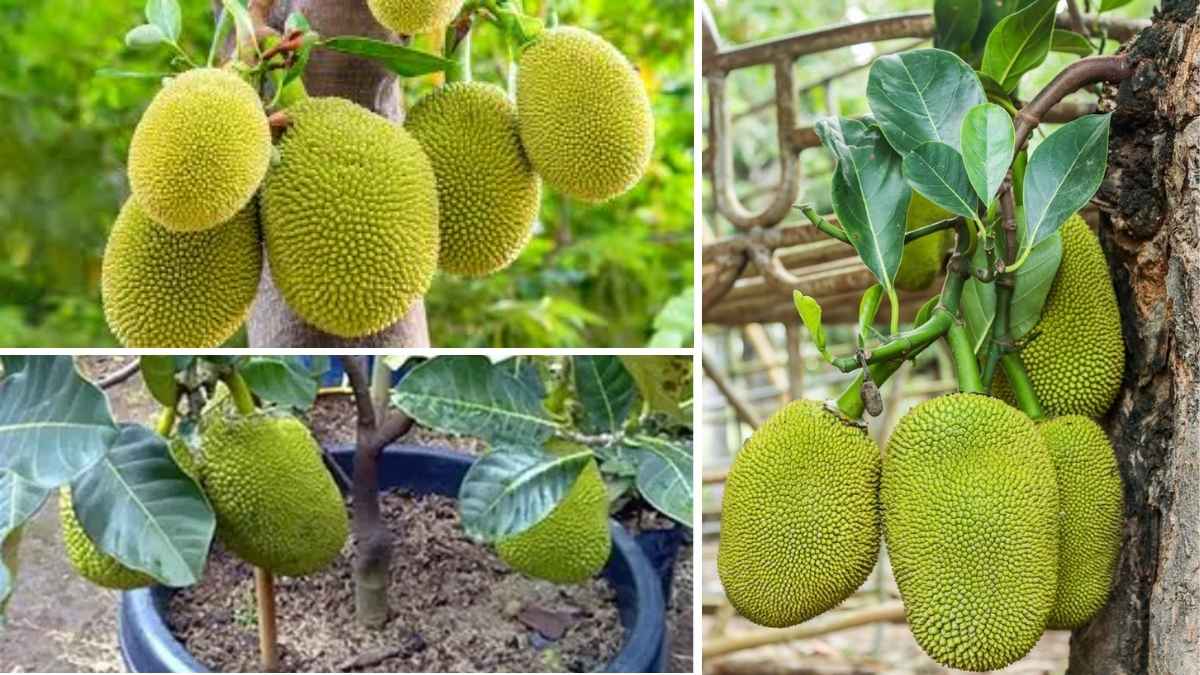Jackfruit trees are a wonderful addition to any home garden, especially for those living in tropical or subtropical climates. Known for their large, green, spiky fruits and sweet, fibrous flesh, these trees not only offer delicious fruit but also add a tropical charm to your outdoor space. However, growing jackfruit trees requires some care, attention, and patience.
In this article, we’ll explore how to successfully plant and care for jackfruit trees, ensuring that they thrive in your garden and provide you with a bountiful harvest.
Choosing the Right Location for Your Jackfruit Tree
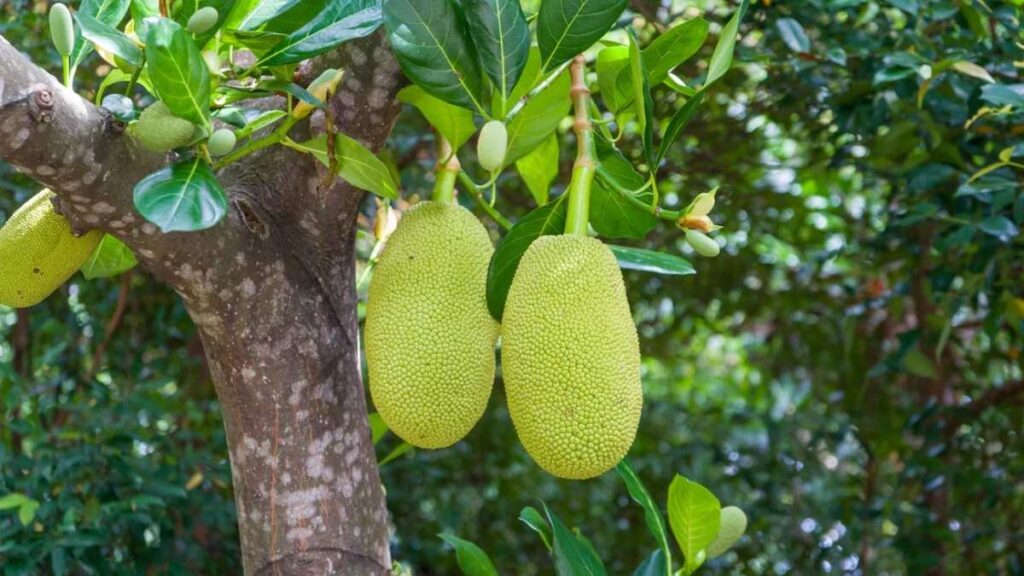
Jackfruit trees require a warm, sunny climate to grow well. They thrive in temperatures between 25°C and 35°C (77°F to 95°F). If you live in a region with cooler winters, growing a jackfruit tree indoors or in a greenhouse might be an option. Select a location in your garden that receives full sunlight for most of the day. Ensure the spot is also sheltered from strong winds, as the large fruits and branches can be vulnerable to breakage.
The soil should be well-draining and rich in organic matter. Jackfruit trees do not like standing water, so choose a spot that has good drainage. If your soil is heavy or clay-like, improve it by adding compost or organic matter to help with water retention and drainage.
Planting a Jackfruit Tree
When it comes to planting a jackfruit tree, you can start by growing it from seeds or by purchasing a young sapling from a nursery. If you are using seeds, here’s how to get started:
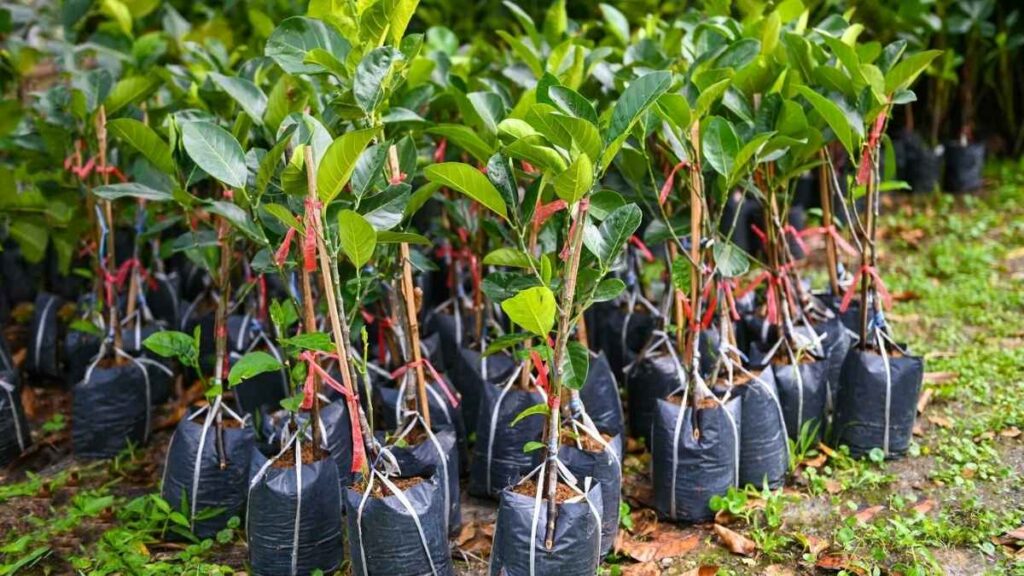
- Prepare the Seeds: Remove the seeds from a ripe jackfruit, wash them thoroughly, and soak them in warm water for 24 hours. This helps speed up the germination process.
- Germinate the Seeds: Plant the seeds in a small pot with well-draining soil. Bury the seed about 1 inch deep and keep the soil moist. Place the pot in a warm, sunny spot. The seeds will take around 2 to 3 weeks to sprout. Keep the soil moist but not soggy during this period.
- Transplant the Seedling: Once the sapling has grown to a height of about 8-10 inches, it’s time to transplant it into your garden. Dig a hole in the prepared soil that’s large enough to accommodate the root ball. Gently remove the sapling from the pot and place it in the hole. Backfill the hole with soil, pressing gently to remove air pockets. Water the sapling thoroughly after planting.
If you’re planting a mature sapling, the process is similar, but make sure the hole is large enough for the roots to spread out. Transplanting a tree in the early spring or late fall will help it establish roots before the harsh summer or winter months.
Watering and Fertilizing
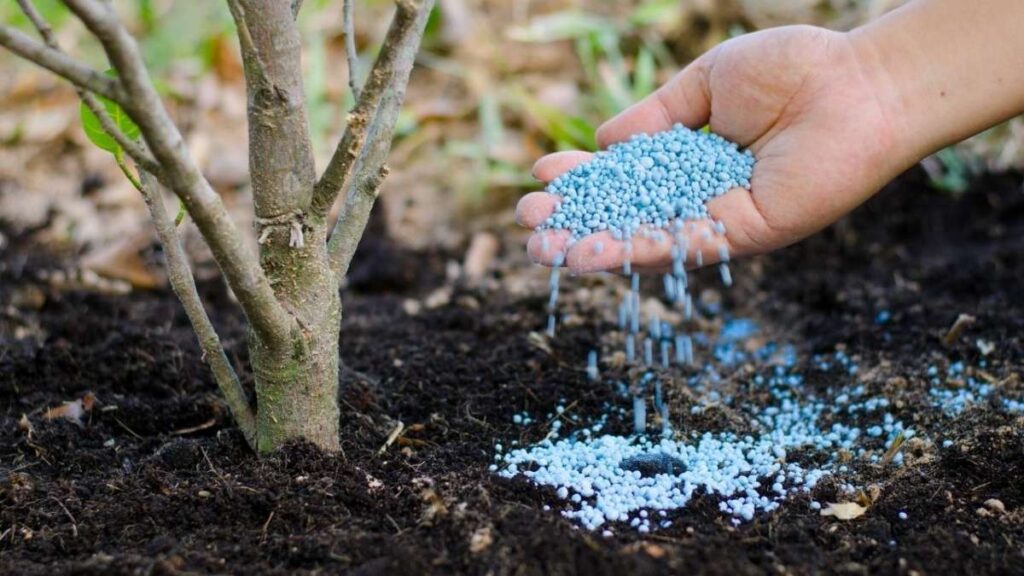
Jackfruit trees need regular watering, especially when young. During the first few months, water the tree every other day or whenever the soil starts to feel dry. Once the tree is established, you can reduce watering to once a week, depending on rainfall and weather conditions. Be sure not to overwater, as this can lead to root rot. If the soil is too wet for long periods, the tree may become stressed.
For fertilization, jackfruit trees benefit from a balanced fertilizer rich in nitrogen, phosphorus, and potassium. Apply a slow-release fertilizer once every 3-4 months to support healthy growth and fruiting. Organic compost is also an excellent choice for feeding the tree, as it provides essential nutrients and improves soil quality.
Pruning the Tree
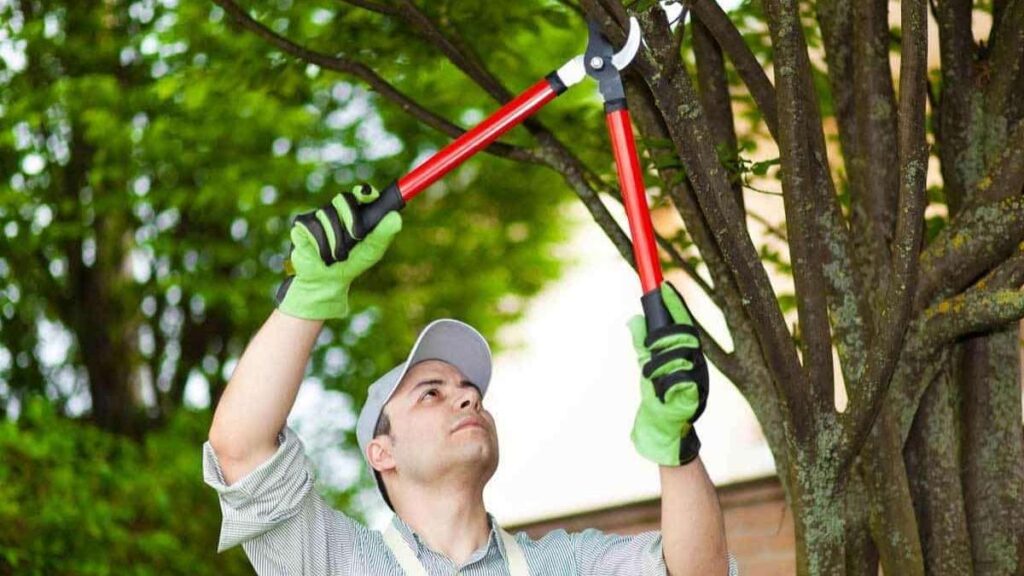
Pruning is essential for the health and shape of your jackfruit tree. It helps maintain a manageable size and promotes strong growth. Start by removing any dead or diseased branches to keep the tree healthy. You can also trim back branches that cross over each other or grow inward to ensure better airflow and sunlight penetration.
In the early years, prune the tree to develop a strong central leader (the main trunk) and remove any side shoots that compete with it. As the tree matures, you can prune selectively to encourage more lateral branching and improve fruit production.
Remember, it’s best to prune during the dry season to avoid infections or diseases.
Managing Pests and Diseases
While jackfruit trees are relatively resistant to pests, they can still be susceptible to a few common problems. Keep an eye out for pests like aphids, mealybugs, and caterpillars that may damage the leaves. You can use insecticidal soap or neem oil to control these pests, but always apply it in the evening to avoid burning the leaves in direct sunlight.
Fungal diseases like root rot and leaf spot can also affect jackfruit trees, especially if the tree is overwatered. To prevent these issues, ensure your tree has good drainage and avoid excessive moisture around the roots. If fungal problems occur, use a fungicide and remove any affected leaves or branches to keep the disease from spreading.
Harvesting Jackfruit
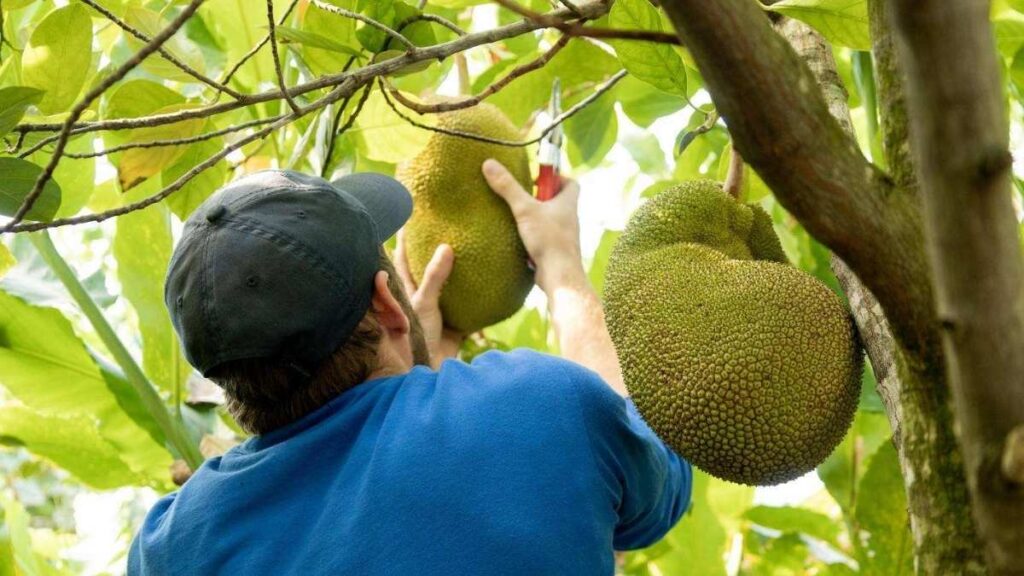
Jackfruit trees can begin to bear fruit as early as 3 to 5 years after planting, though it may take longer in some cases. The fruit itself is large and can weigh anywhere from 10 to 80 pounds. When the jackfruit is ready to harvest, it will emit a distinct sweet smell and the outer skin will turn yellowish-green or brown, depending on the variety.
To harvest, use a sharp knife to cut through the stem, being careful not to damage the fruit. It’s best to harvest jackfruit in the morning, as the fruits will be firmer and easier to handle. Once harvested, the fruit can be eaten fresh, used in cooking, or preserved for later use.
Winter Care for Jackfruit Trees
If you live in a region where winter temperatures drop below freezing, you’ll need to protect your jackfruit tree from frost. Jackfruit trees are not frost-tolerant, and prolonged exposure to cold temperatures can damage the tree and kill it. To protect your tree, you can cover it with a frost cloth or blanket during cold nights. You can also bring young trees indoors or into a greenhouse until the temperatures warm up.
Conclusion
Growing a jackfruit tree in your home garden can be a rewarding experience. With the right care and attention, this tropical tree can thrive and provide you with delicious fruit year after year. By selecting the right location, providing adequate water and nutrients, pruning regularly, and managing pests and diseases, you can enjoy the beauty and bounty of a jackfruit tree in your own backyard. Remember to be patient, as these trees can take a few years to bear fruit, but the results will be well worth the wait.

